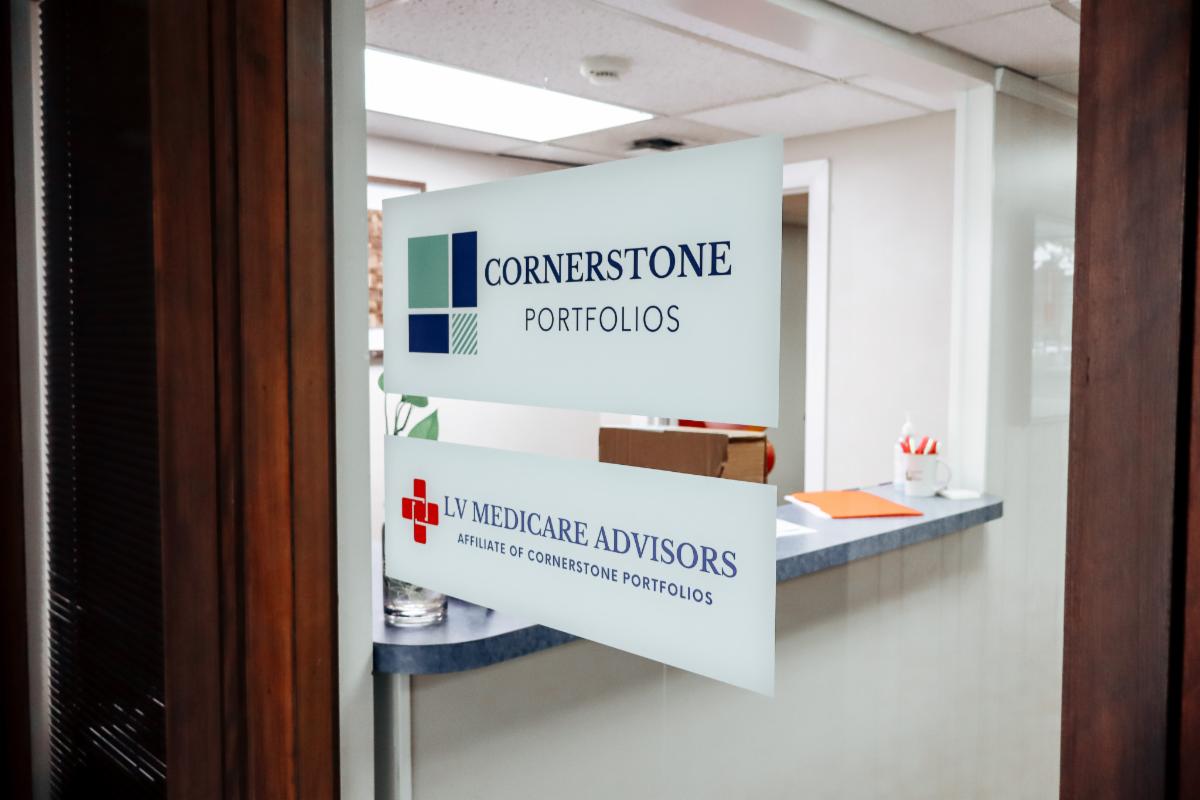Introduction
-
Navigating Medicare can be overwhelming.
-
Common question: What is Medigap and do I need it?
-
This guide explains what Medigap is, how it works, and who it’s for.
What Is Medigap?
Definition
-
Medigap = Medicare Supplement Insurance
-
Private insurance that helps pay for costs not covered by Original Medicare (Parts A & B)
Costs Covered by Medigap
-
Copayments
-
Coinsurance
-
Deductibles
Purpose of Medigap
-
Reduces out-of-pocket costs
-
Provides predictable healthcare expenses
How Does Medigap Work?
Coordination with Medicare
-
Medicare pays its share of approved healthcare costs.
-
Medigap pays its share based on plan coverage.
Important Notes
-
Only works with Original Medicare (not Medicare Advantage).
-
Must be enrolled in Medicare Part A & B.
-
Policies sold by private companies but standardized federally.
What Do Medigap Plans Cover?
Standardized Plans
-
Labeled A, B, C, D, F, G, K, L, M, N
-
Each plan offers different levels of coverage
Typical Coverage Includes
-
Part A coinsurance & hospital costs
-
Part B coinsurance or copayments
-
Blood (first 3 pints)
-
Part A hospice care coinsurance/copayment
-
Skilled nursing facility coinsurance
-
Part A &/or Part B deductibles (depending on plan)
-
Emergency care abroad
Availability Notes
-
Not all plans available in every state
-
Some plans (e.g., Plan F) only available to those eligible before 2020
What Medigap Doesn’t Cover
-
Prescription drugs (need Part D)
-
Long-term care
-
Dental, vision, hearing
-
Private-duty nursing
When Should You Enroll in Medigap?
Open Enrollment Period
-
Six months starting the month you’re 65 and enrolled in Part B
Benefits of Enrolling Early
-
Guaranteed acceptance regardless of pre-existing conditions
-
Avoids medical underwriting later
Medigap vs. Medicare Advantage
Key Differences
-
Medigap supplements Original Medicare
-
Medicare Advantage replaces Original Medicare, often including extra benefits
Important Note
-
Cannot have Medigap and Medicare Advantage at the same time
-
Consider which option aligns best with budget and healthcare needs
Is Medigap Right for You?
Ideal Candidates
-
Want predictable healthcare costs
-
Travel frequently (some plans cover international care)
-
Prefer flexibility in choosing doctors/hospitals
Alternatives
-
Medicare Advantage if you want vision, dental, or prescription coverage bundled
Final Thoughts
-
Medigap reduces surprise medical bills and ensures manageable healthcare costs
-
Compare options carefully
-
Consult a trusted advisor to select the best plan








